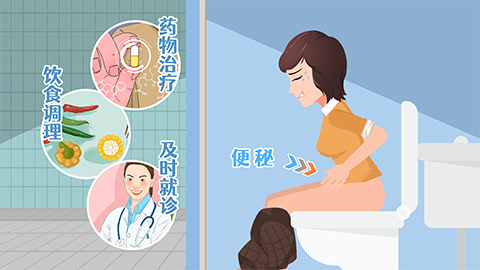How to Determine if It's Hemorrhoids or a Polyp
Generally, distinguishing between hemorrhoids and polyps involves evaluating symptoms, characteristics of the mass, features of rectal bleeding, digital rectal examination, and colonoscopy. If any abnormalities are noticed, timely medical consultation is recommended. Detailed analysis is as follows:

1. Symptom presentation: Hemorrhoids often cause anal fullness, itching, and severe pain when internal hemorrhoids prolapse and become incarcerated; polyps usually present no obvious symptoms, although some may experience abdominal pain, diarrhea, or changes in bowel habits.
2. Characteristics of the mass: Hemorrhoids are soft, raised masses around the anus; internal hemorrhoids may protrude from the anus, initially retracting spontaneously and later requiring manual repositioning; polyps are generally located inside the intestine and are not directly visible, with only a few prolapsing to the anal verge, having a fragile texture.
3. Features of rectal bleeding: Hemorrhoidal bleeding typically occurs during defecation, manifesting as dripping fresh blood or jet-like bleeding, with blood separate from stool; bleeding from polyps is usually painless, with blood mixed in the stool, smaller amounts but persistent over a longer period.
4. Digital rectal examination: Through finger palpation, physicians can detect soft hemorrhoidal masses or hard nodules indicative of thrombosed external hemorrhoids; if a pedunculated or broad-based mass within the intestine is felt, polyps should be considered.
5. Colonoscopy: Colonoscopy allows direct visualization of the intestinal interior, clearly differentiating hemorrhoids from polyps. Hemorrhoids appear as venous clusters at the distal rectum, whereas polyps present as protruding growths into the intestinal lumen, with tissue samples obtainable for pathological examination to determine their nature.
Any abnormality in the anus or bowel movements should prompt timely medical attention to avoid self-diagnosis delays. Maintain good bowel habits daily, ensure a balanced diet rich in dietary fiber, and undergo regular check-ups for intestinal diseases.





